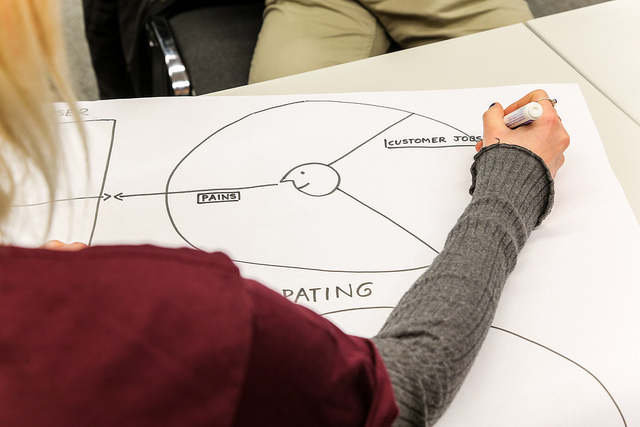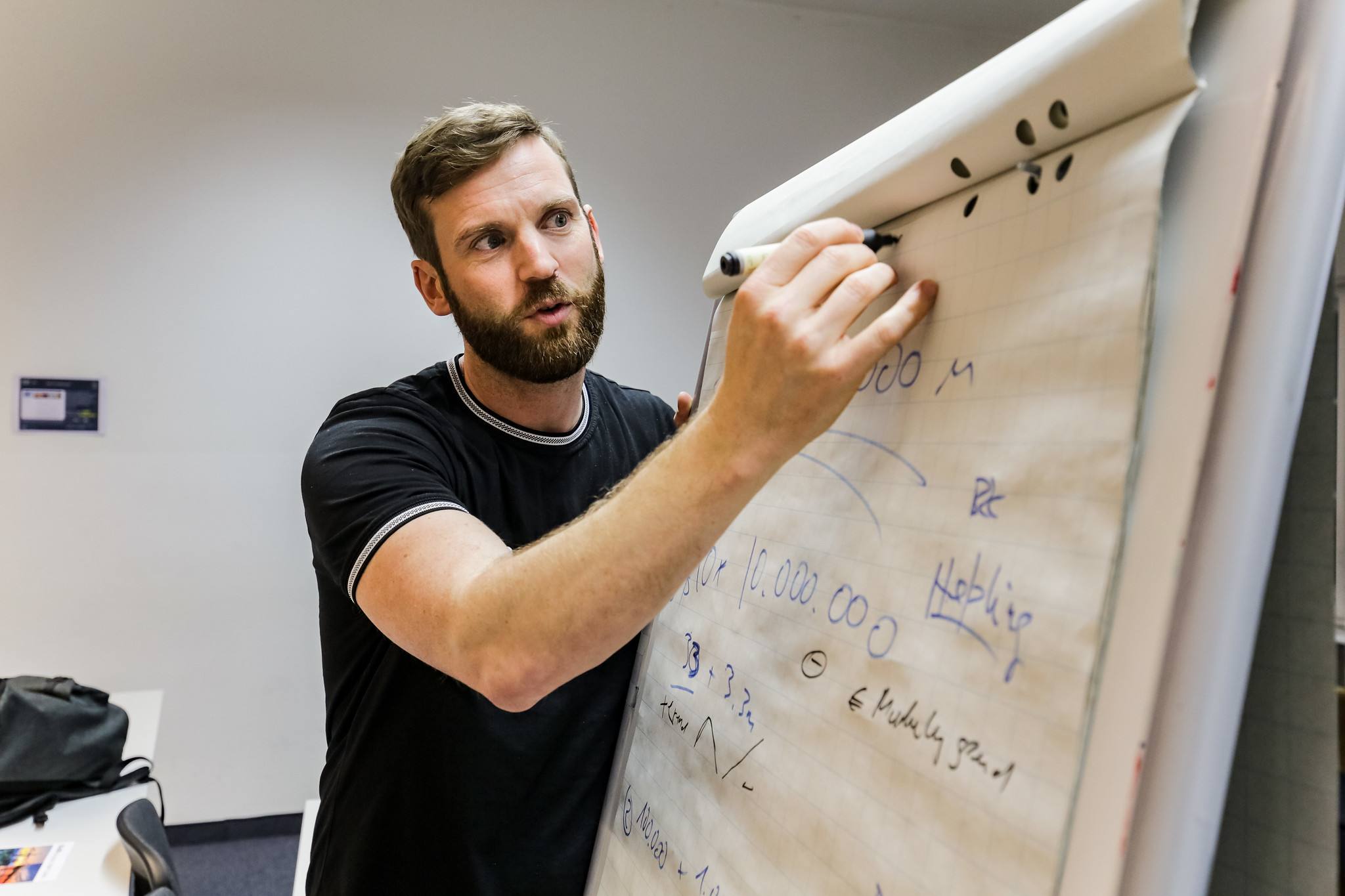Curriculum Vitae (CV)
Your curriculum vitae (CV) is an employer's first impression of you. Our general and Germany-specific CV tips will help you leave a positive impression on employers.
# What is a CV?
A curriculum vitae (CV) is a brief overview of you. It should answer these questions:
- Who are you?
- What can you do?
- How are you a good fit for a specific job/company?
INDUSTRY/COUNTRY DISCLAIMER
Each industry and country has their own CV requirements. It is your responsibility to match your CV to the industry and/or local standards so your experiences and skill-set are clear to the person reading your CV. You can use this general and Germany-specific information as a starting point, and then research CV standards for specific industries and/or locations.
# CV Considerations
Here are general considerations that apply to all CVs, regardless of country or industry.
CONTENT
- Write your CV from the employer's perspective. Only include relevant information for the position you’re applying for.
- Use reverse-chronological order; start with your most recent experiences.
- Be honest about your abilities; don’t over- or underestimate them.
- Tailor your CV to the specific position you’re applying to.
- Write out abbreviations (ex: Master of Science instead of M.Sc.).
FORMATTING
- Use the same formatting throughout the document.
- Be clear and concise with the information you include. Each point should be 1 -2 lines long.
- Avoid spelling and grammar mistakes.
- Limit your CV to 1 or 2 pages.
- Save the CV as a PDF (unless requested otherwise) as FirstName_LastName_CV
# CV Sections
# Bullet Points
Many employers only read your CV for 5 - 10 seconds. It’s important to present your information in a clear and short way to help them quickly get as much information as possible. Bullet points can help you do this.
A bullet point is a short description of the tasks that you did in a specific job. It should have the following structure:
Power verb + what you did + how you did it +result/purpose/impact
The power verb describes what you did (ex: analyzed, created, built).
BULLET POINT TIPS
- Quantify or add IT/language skills to better describe your abilities.
- Use a variety of power verbs in your bullet points.
- Use the same bullet point size and shape throughout the document.
- Tailor your bullet points to each job post. Show that you have relevant experiences.
- Include 2 -4 bullet points per position.
LinkedIn is a professional social networking platform. Here people connect with their professional peers, find jobs/internships and exchange ideas.
LinkedIn users create their own profile that acts like an online CV. LinkedIn profiles include work experience, education, volunteer activities, skills, etc.
Each profile includes Skills & Endorsements and Recommendations sections where users can endorse each others' skills or write recommendations as further proof of their abilities.
Many of our CV tips apply for LinkedIn.
LinkedIn Tips
- Fill out your profile as much as possible to give a holistic impression of yourself.
- Complete a LinkedIn profile in every language that you know fluently.
- Use a professional photo.
- Write a 3-4 sentence description of yourself and your goals in the About section.
- List a variety of skills in the skills section.
- Ask your supervisor and colleagues for a recommendation and/or skills endorsement to give your skills more credibility.
# German CV
Each country has their own CV requirements and preferences. This section has complementary information on CVs in Germany.
A German CV is strictly an overview of your past experiences. German employers expect the following from your CV:
- Clear structure and formatting
- Honest information. If you list a skill, you are expected to perform it at the level listed.
- No gaps in your experiences or studies. List what you did during any gaps longer than 1 month (ex: travel, volunteer).
A German CV has
✅ your date of birth
✅ high school information
✅ GPAs (listed on a scale if not using the German grading scale)
✅ language skills in the CEFR scale
A German CV does not have
❌ a summary or objective statement
❌ a list of skills. Show those skills in your bullet points.
❌ relevant coursework
A German CV may have
❔ a professional photo. Traditionally CVs require a photo. This is becoming less common among non-traditional employers.
❔ German or EU citizenship, if applicable
❔ your German address, if applicable
# CV Templates
# Next Steps
- Create a rough draft of your CV.
- Tailor your CV to the specific position and organization you're applying to.
- Proofread your CV! Use our CV Check List to guide you.
- Check for spelling and grammar mistakes.
- Ask for feedback from multiple people! If your CV isn’t in your native language, ask a native speaker for feedback.
- Make an appointment with an ESCP Career Advisor for feedback.
# Your Contacts
linking talents

become a








